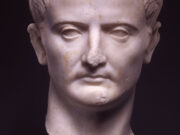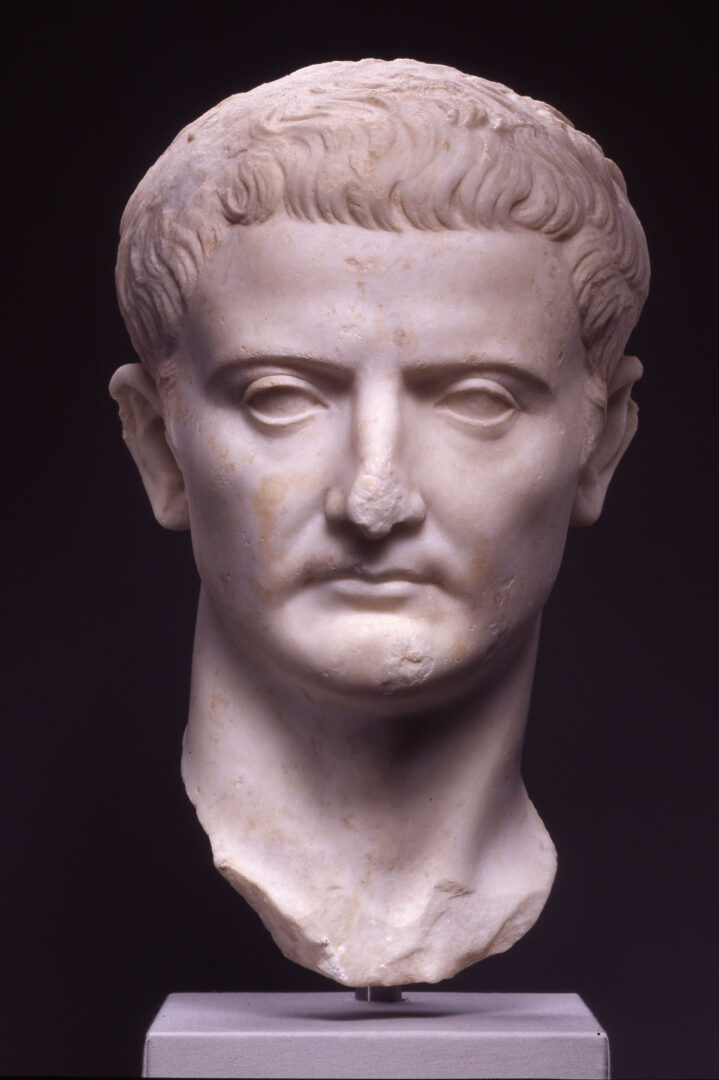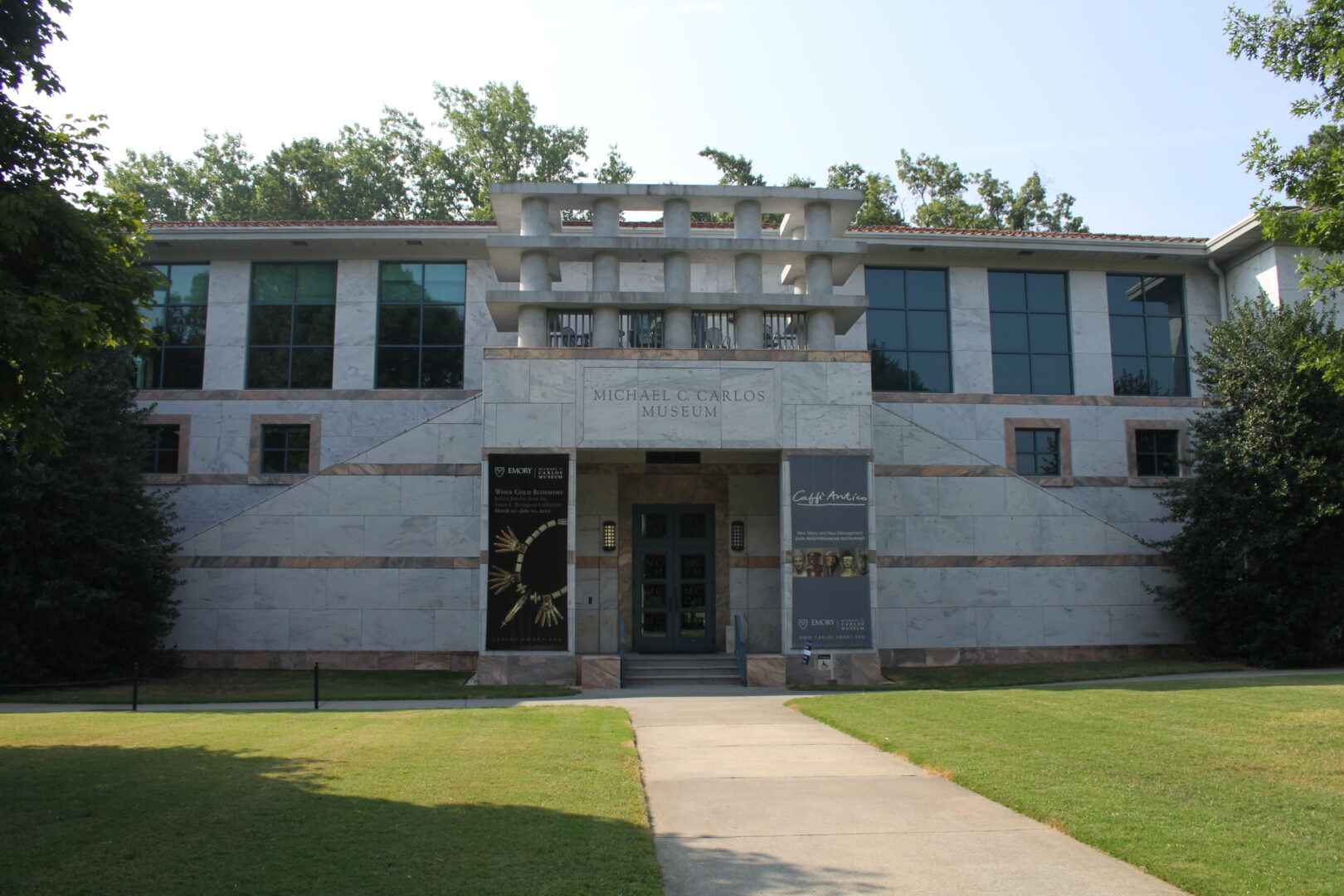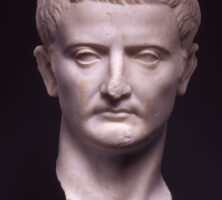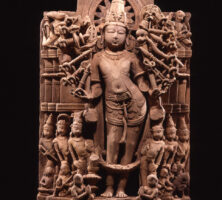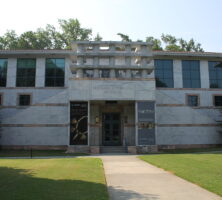The Michael C. Carlos Museum, a treasure trove of art and artifacts from the ancient and modern worlds, stands as the centerpiece of Emory University’s historic quadrangle at the heart of its Atlanta campus. With permanent collections and exhibitions showcased in a landmark building by the noted architect Michael Graves, the Carlos Museum is emerging as the South’s premier museum of ancient art. The museum showcases ancient objects from Rome, Egypt, Greece, the Near East, and the Americas; works of Asian art; works of sub-Saharan African art from the nineteenth and twentieth centuries; and works on paper from the Middle Ages to the present day. Its mission is to collect, preserve, exhibit, and interpret art and artifacts from antiquity to the present in order to educate and enrich the community and to promote interdisciplinary teaching and research at Emory University.
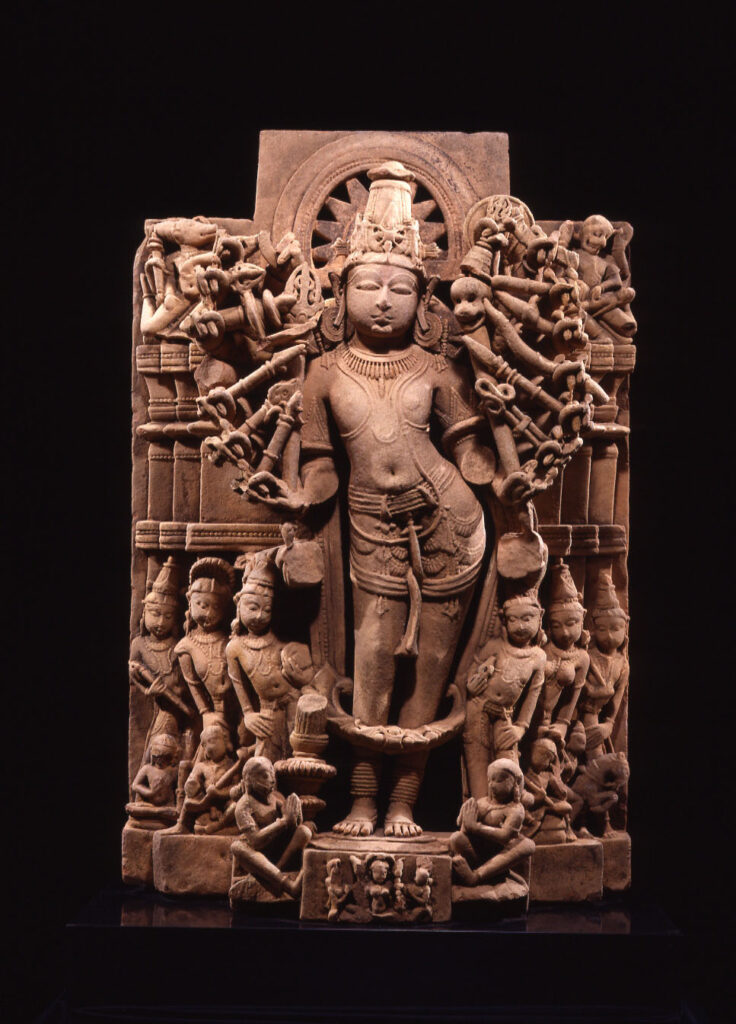
Gift of Nathan Rubin-Ida Ladd Family Foundation. Courtesy of Michael C. Carlos Foundation
One of the oldest museums in Georgia, the Carlos Museum has a rich history tracing back to 1876, when a general collection of objects was displayed in the library on the original campus of Emory College in Oxford. The Emory College Museum, as it was then known, included seashells, biological specimens, and other assorted artifacts, in the late-Renaissance tradition of a Wunderkammer, or “Wonder Room,” in which an assortment of objects was on public display. At various times in the museum’s history, for instance, visitors could inspect the fingernail of a Chinese mandarin (a public official), a salt crystal from the Dead Sea, and Georgia’s oldest surviving Maytag washing machine.
In 1919, after the university was relocated to Atlanta, a small group of professors officially founded the Emory University Museum, with a mission to preserve and display the collections of ethnographical, biological, geological, archaeological, and historical materials. Through 1985, the collections were housed and displayed in various buildings around the campus, including the Theology Building, the Candler Library, and the old law school building.
Over the years the Atlanta businessman Michael C. Carlos donated money to renovate the old law school building, a 1916 Beaux Arts structure designed by Henry Hornbostel, and create a permanent home for the museum. The renovation, designed by Graves, opened in 1985. The museum was renamed the Emory University Museum of Art and Archaeology and was officially instituted as a museum of antiquities and fine arts, accredited by the American Association of Museums.
A major expansion in 1993, also designed by Graves, made possible the in-depth display of the museum’s growing permanent collections and transformed the museum into one of Atlanta’s top arts institutions. With the opening of the new building, the museum took the name of its most generous patron and became known as the Michael C. Carlos Museum.
Since 1993 the museum has ambitiously grown and enhanced its permanent collections. It bolstered its Egyptian holdings with the landmark acquisition of 145 works from Canada’s Niagara Falls Museum in 1999, a purchase made possible through contributions from Georgia’s citizens ranging from $10 to $1 million. The many elaborately decorated ancient coffins and human and animal mummies from that purchase now form the centerpiece of the permanent exhibition of ancient Egyptian art.
Since 1983 Michael Carlos and his wife, Thalia, have contributed generously to building the collection of Greek and Roman art. In 1999 Michael Carlos announced a $10 million gift specifically for the purchase of ancient Greek and Roman pieces. The resulting growth of the collection as well as the Carlos Museum’s ability to acquire top-quality works from around the world has garnered international attention. The museum now owns and exhibits the finest existing portrait of the Roman emperor Tiberius and one of the finest examples of Hellenistic sculpture in the United States, a depiction of Terpsichore, the Greek muse of dance. A total of 450 works of art are on display in galleries devoted to Greek and Roman art.
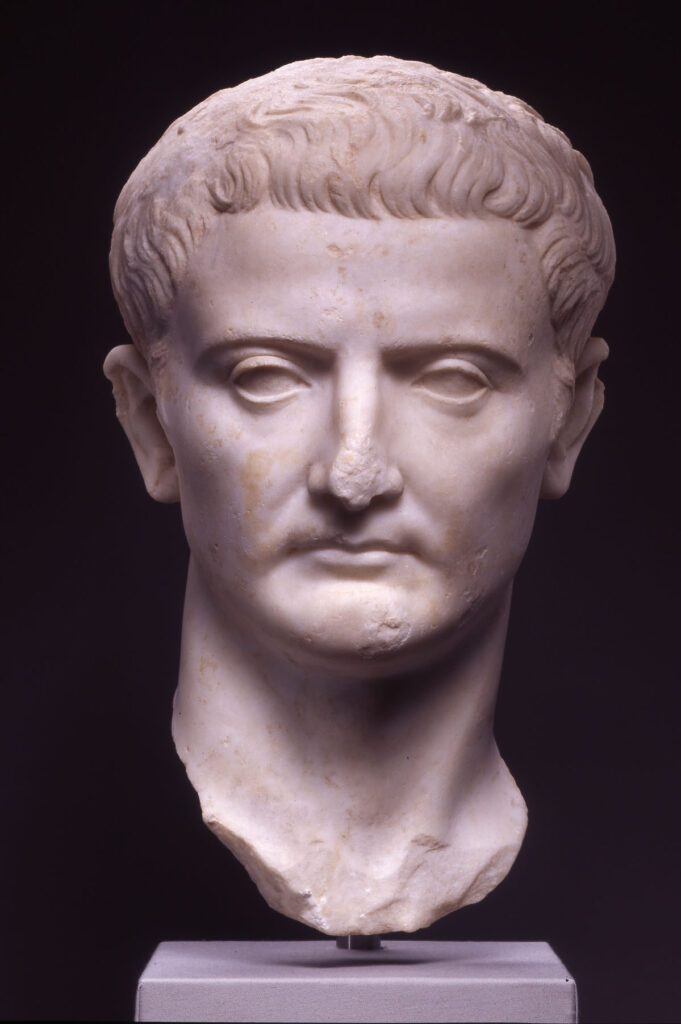
Courtesy of Michael C. Carlos Museum
In 2003 the museum caught the attention of museum directors and curators around the world when it voluntarily repatriated the mummy of the pharaoh Ramesses I to Egypt. Long the subject of speculation in the Egyptology community, the mummy’s identity was deciphered through extensive collaborative research with global scholars and Emory medical experts. The Carlos Museum returned the mummy to Egypt as a gesture of goodwill and international cultural cooperation.
The museum’s various collections comprise more than 16,000 works, and the facility attracts 120,000 visitors annually. In addition to presenting permanent and temporary exhibitions, the Carlos Museum is a vital source of educational programming, with an active schedule of lectures, symposia, workshops, performances, and festivals. In addition, 20,000 of Georgia’s children explore the museum each year on school tours, and thousands more benefit from the museum’s efforts to bring art, history, and archaeology to the classroom through its outreach program Art Odyssey. The Carlos Museum shares the wonders of the ancient world globally through Odyssey Online, a Web site for school-age children that explores the various cultures reflected in the museum’s collections.

Image from Gary Todd


